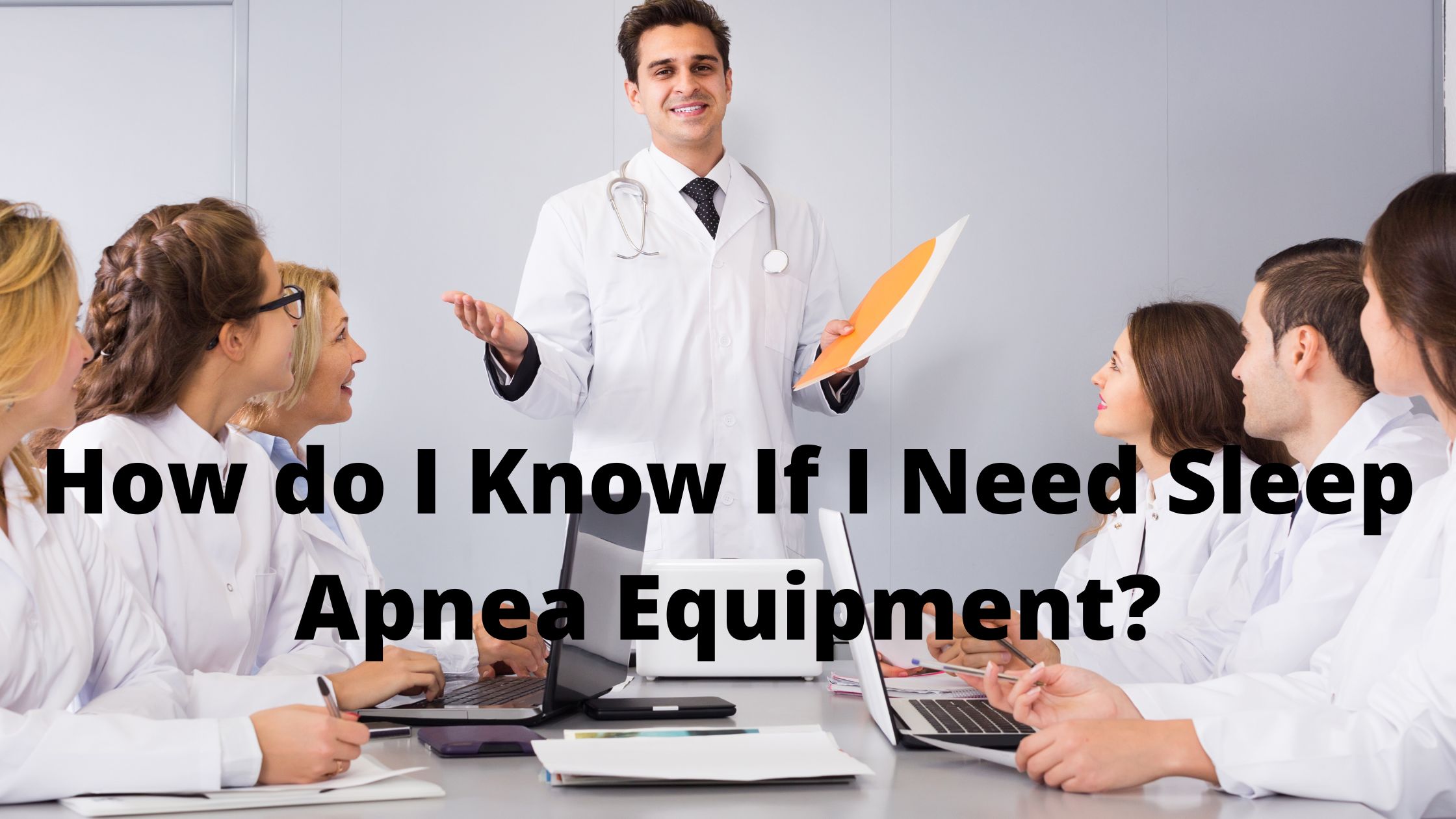With sleep apnea, people experience repeated episodes of breathing stopped or slowed due to obstruction of the airway, often during sleep. This can have serious consequences for your health, including increased risk of heart disease, stroke, and diabetes. If you’re experiencing sleep apnea, it’s important to get treatment as soon as possible.
Luckily, there are now a number of effective treatments available that can help you restore normal breathing patterns and improve your quality of life. But before you can start trials or seek treatment from your doctor, you’ll need to make sure that your equipment is covered by Medicare. In this article, we’ll take a look at what Medicare covers and how to find out if your equipment is covered.
What is Sleep Apnea?
Sleep apnea is a disorder in which people repeatedly stop breathing during sleep. The most common type of sleep apnea is called obstructive sleep apnea, which is when the airway closes off during sleep, preventing oxygen from reaching the brain. This can lead to fatigue and other problems throughout the day.
Sleep apnea equipment can help people with sleep apnea breathe better. A CPAP machine uses positive air pressure to keep the airway open during sleep. A mouthpiece fits over the teeth and helps prevent jaw clenching that can block the airway. A CPAP mask also keeps the nose closed, preventing snoring.
There are a few things to keep in mind if you’re considering using sleep apnea equipment:
1. You should always consult with a doctor before starting treatment for sleep apnea.
2. Treatment for sleep apnea usually requires use of equipment for at least six months. If you stop using the equipment or have trouble using it, your doctor may require you to start again from scratch.
3. Sleep apnea equipment can be expensive, so it’s important to discuss costs with your doctor before beginning treatment.
4. Some people find that they need more than one
What are the Different Types of Sleep Apnea Equipment?
There are different types of sleep apnea equipment and each one has its own benefits and drawbacks. Basic Medicare coverage for the treatment of sleep apnea equipment includes devices that help to improve breathing during sleep, such as CPAP machines. However, not all types of sleep apnea equipment are covered by Medicare.
CPAP machines are the most common type of sleep apnea equipment and are used to help people with mild to moderate cases of sleep apnea breathe more easily during sleep. CPAP machines work by supplying a continuous flow of air through a mask that is worn over the patient’s mouth and nose. The machine monitors the patient’s breathing and adjusts the amount of air provided accordingly.
There are several different types of CPAP machines, including: standard CPAP (continuous positive air pressure), auto-CPAP (automatically adjusts pressure), automatic pressure relief (ARP), humidifier-CPAP (helps to prevent dry mouth), open-face mask CPAP (OSM) and BiPAPs (bispecific positive air pressure). Each type has its own benefits and drawbacks, so it is important to choose the right one for your needs.
Some people find that standard CPAP
What Medicare Coverage is There for Sleep Apnea Equipment?
Sleep apnea is a common disorder that can cause people to stop breathing during sleep. If left untreated, sleep apnea can lead to serious health problems, including an increased risk of heart disease, stroke, and even death. In order to treat sleep apnea, people often need to use equipment such as CPAP (continuous positive airway pressure) machines or mouthpieces.
Medicare covers the cost of some sleep apnea equipment under certain conditions. If you are covered by Medicare and you have a disorder that is considered a “qualifying condition,” your insurance may cover the cost of some sleep apnea equipment. To find out if your sleep apnea equipment is covered by Medicare, contact your insurance company or visit the Medicare website.
How do I Know If I Need Sleep Apnea Equipment?
Sleep apnea equipment is a treatment for sleep apnea, a disorder in which people intermittently stop breathing during sleep. Sleep apnea can cause daytime fatigue, headaches, and mood problems. If you have sleep apnea, you may need to wear a device to help you breathe at night. There are different types of sleep apnea equipment, and some people need more than one type of device to help them breathe better. Here are some questions to ask to determine if you need sleep apnea equipment:
1. Do you experience frequent episodes of stop breathing during sleep?
2. Do you feel tired during the day after sleeping?
3. Do you have trouble concentrating or remembering things?
4. Have you been diagnosed with hypertension or other heart conditions? If so, is your blood pressure under control with medication and/or lifestyle changes?
5. Are you obese? If so, does this increase your risk for sleep apnea?
6. Are you a smoker? Nicotine increases your risk for sleep apnea.
7. Do you suffer from claustrophobia or other anxiety disorders? These conditions can make it difficult to stay asleep if there’s noise or light in the room.
8. Do
What are the Costs of Sleep Apnea Equipment?
Sleep apnea is a common sleep disorder that causes people to stop breathing during sleep. Sleep apnea equipment can help people with the disorder breathe better and live more comfortably. But what are the costs of sleep apnea equipment?
The cost of sleep apnea equipment can vary depending on the type of equipment and where it is purchased. However, many devices typically cost between $200 and $1,000. In addition, some insurance plans may cover part or all of the cost of sleep apnea equipment.
How can I Afford Sleep Apnea Equipment?
If you have sleep apnea, you know how important it is to have the proper equipment to help you breathe better at night. Unfortunately, many people don’t have the money to afford the expensive equipment needed to treat their sleep apnea. Fortunately, there are a few strategies you can use to afford sleep apnea equipment.
The first option is to find a way to reduce your expenses. For example, you can try to live a more frugal lifestyle and cut back on your expenses. This may include cutting back on your food budget, lowering your electric bill, or choosing cheaper health insurance policies. If you can’t reduce your expenses, you may be able to find funding for sleep apnea equipment through loans or grants.
The second option is to find ways to make money from your sleep apnea. This may include working as a consultant or doing work in the medical field. You may also be able to find work as a night shift worker or as a driver for transportation companies. If you can’t find work that pays well enough to cover the costs of sleep apnea equipment, you may be able to find work that pays less than the cost of the equipment.
The
Conclusion
If you are looking to purchase sleep apnea equipment to treat your condition, it is important to understand the basic Medicare coverage that is available. While there are a few exclusions, most sleep apnea devices fall within the scope of Medicare coverage. If you have questions about whether a particular device is covered or need help determining if you qualify for coverage, speak with an insurance representative or consult with a health care provider who specializes in Medicare benefits.


